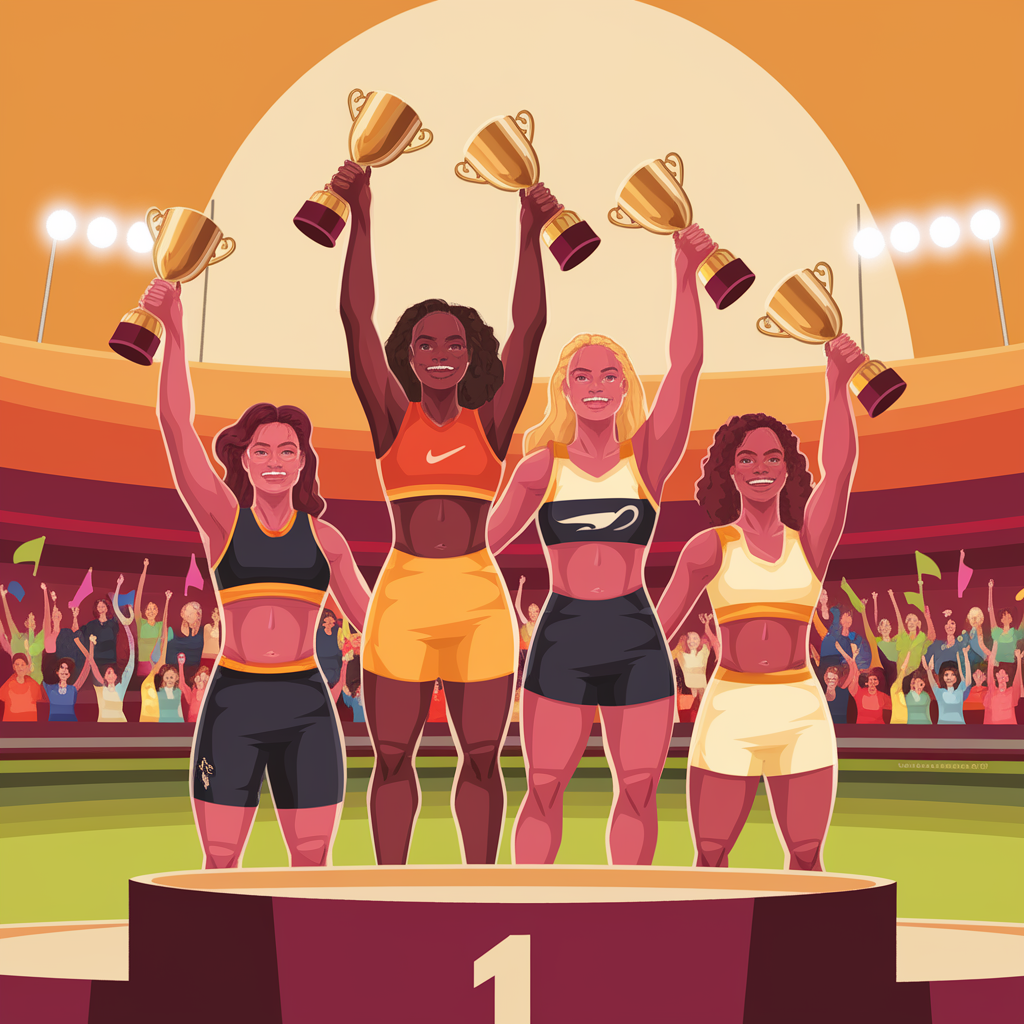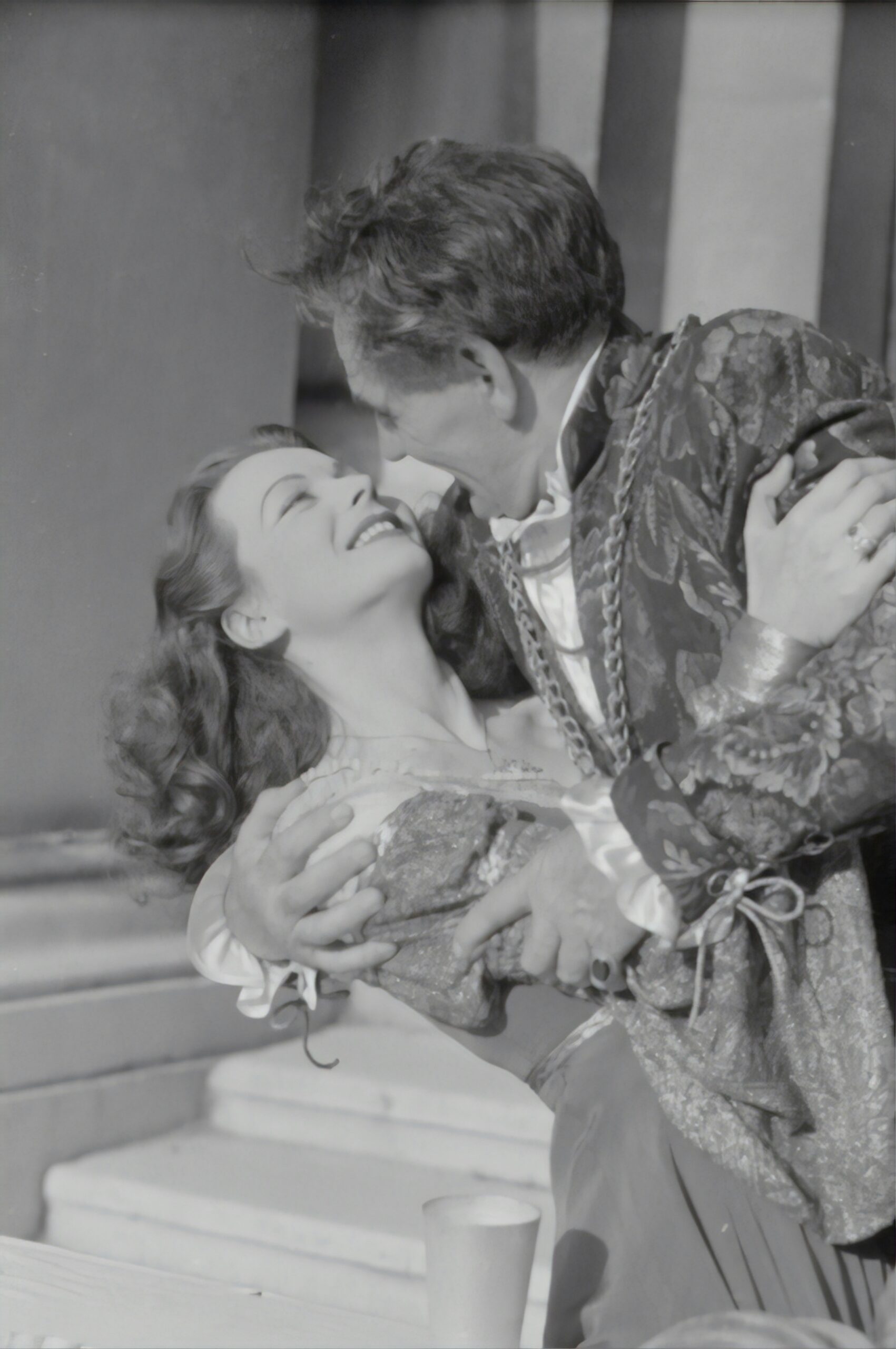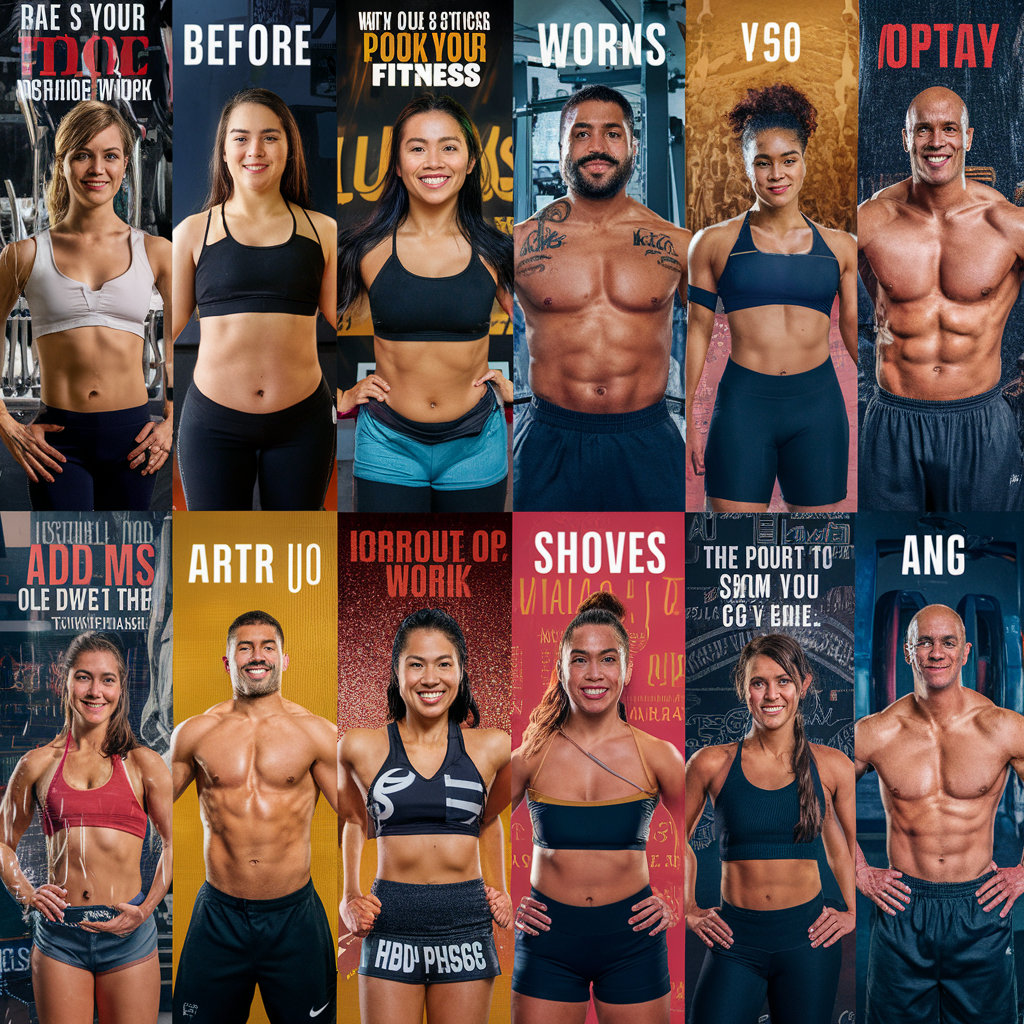The Rise of Women in Sports and Its Cultural Impact
There was a time, not too long ago, when women in sports were often relegated to the sidelines. Memories of female athletes struggling for recognition, battling against stereotypes, and fighting for the right to compete at the same level as their male counterparts still linger in the shadows of history. Yet, the landscape of sports has dramatically shifted over the past few decades. Today, women are not only thriving in various sports but also redefining the cultural narrative surrounding athletics.
As I reminisce about my early days as a sports journalist, I can’t help but recall the excitement of covering women’s events—like the first time I saw female athletes compete in the Olympics. The sheer exhilaration was palpable, and it struck me that these women were not just athletes; they were pioneers. Their presence on the field, track, or court signaled a monumental shift in a world that had long been dominated by men. But what has driven this change, and how has it impacted our culture? Let’s dive into this fascinating topic.
A Historical Perspective
The journey of women in sports can be traced back to the late 19th and early 20th centuries. The first recorded women’s event at the Olympics took place in 1900, featuring just 22 female athletes competing in tennis and golf—hardly a stark contrast to the 10,500 athletes competing today, with nearly half being women. Fast forward a century, and we see a revolution: Title IX was enacted in 1972, prohibiting discrimination based on sex in educational programs and activities. This landmark legislation opened doors for countless female athletes, paving the way for women’s sports to flourish.
It’s astonishing to think that before Title IX, many schools and colleges offered very few opportunities for women in sports. I remember interviewing a former athlete who reminisced about sneaking onto the boys’ teams just to get a taste of competition. Those were the days when playing sports was seen more as an exception than a right for women. Thankfully, the narrative has changed dramatically since then.
The Explosion of Visibility
In recent years, the visibility of women in sports has skyrocketed. Gone are the days when female athletes were mere footnotes in sports history. Consider the meteoric rise of figures like Serena Williams, Simone Biles, and Megan Rapinoe. These athletes not only excel at their sports but also use their platforms to advocate for gender equality and social justice. Their influence extends beyond the playing field; they’re cultural icons, inspiring a younger generation of girls to dream big.
Take the case of the U.S. Women’s National Soccer Team. Their fight for equal pay—culminating in a historic settlement in 2022—was not just about soccer; it became a symbol of women’s rights across all sports. I remember watching the celebrations after their World Cup victory in 2019, and it was clear: this was more than a win for soccer. It was a win for women everywhere. The camaraderie, the passion, the unapologetic drive to claim their rightful place in sports and society—it was a moment I won’t soon forget.
Changing Perceptions
The cultural impact of women in sports is profound. It challenges long-standing stereotypes and reshapes societal norms. Women athletes are increasingly being seen as formidable competitors rather than just participants. In fact, studies suggest that girls who play sports are more likely to pursue leadership roles later in life. The discipline, teamwork, and resilience learned on the field translate seamlessly into the boardroom.
Think about it: when we see a woman breaking records or dominating a sport, it sends a message that strength and determination are not confined to one gender. In a way, the rise of women in sports is a reflection of the broader societal shifts towards equality. Sports, after all, can serve as a microcosm for society at large. The more we celebrate women in sports, the more we begin to dismantle the barriers that have held them back in other areas of life.
Media Representation and Its Role
The way women’s sports are portrayed in the media plays a crucial role in shaping public perception. Historically, coverage of women’s sports has been scant, often relegated to a few lines in a newspaper or a brief segment on television. However, the tide is turning. Networks are increasingly dedicating airtime to women’s sports, showcasing everything from the WNBA to women’s soccer leagues. Just last year, I was thrilled to witness the first-ever all-women sports network, which took the world by storm with in-depth coverage of female athletes and their stories.
Still, there’s work to be done. As much as we celebrate progress, it’s essential to recognize that disparities in coverage continue to exist. For instance, a study by the Women’s Sports Foundation revealed that women receive only about 4% of sports media coverage. This imbalance is alarming, and it underscores the need for continued advocacy and awareness. After all, if we want to inspire the next generation of female athletes, we need to show them that their achievements matter.
Impact on Youth and Community
The rise of women in sports has a ripple effect on youth and local communities. Young girls are now more likely to see female role models in sports, encouraging them to participate in athletics themselves. The benefits of playing sports—improved physical health, boosted self-esteem, and enhanced social skills—are invaluable. As a former high school coach (who may or may not have had a penchant for using cheesy motivational quotes), I saw firsthand the transformation that sports can bring to young athletes. It’s not just about winning; it’s about building character, resilience, and confidence.
Moreover, community programs that promote girls’ sports are gaining traction. Initiatives aimed at empowering young girls through sports—like the Girls on the Run program—are changing lives. I’ve spoken to countless participants who credit these programs with helping them overcome obstacles and develop a sense of belonging. It’s heartwarming to witness the power of sports to unite and uplift.
Barriers Still Exist
<pDespite the tremendous progress, challenges remain. Women athletes often face unique hurdles, including pay disparities, lack of sponsorship, and inadequate facilities. Even in sports where women are prominent, such as tennis or gymnastics, the gender pay gap persists. For example, while the prize money for Grand Slam tournaments has equalized, many professional leagues still show a stark contrast in earnings. It’s disheartening to think that, despite their hard work and talent, female athletes often see less financial support than their male counterparts.
And then there’s the issue of media coverage, which continues to reflect societal biases. Women’s sports are often judged more on appearance than performance, and the narratives can sometimes focus more on personal lives than athletic achievements. It’s a frustrating reality that, as a sports journalist, I’ve seen all too often. Wouldn’t it be refreshing to see a headline that celebrates a female athlete’s record-breaking performance rather than their outfit? I mean, come on, we can do better!
Looking Ahead
As we look to the future, it’s essential to continue advocating for women in sports. The momentum is there, but it needs to be nurtured. Initiatives that support female athletes at all levels—from grassroots programs to professional leagues—are crucial. The more we promote inclusivity and equality, the more we empower future generations.
Moreover, we must continue to hold media outlets accountable for their coverage of women’s sports. We must demand that their stories are told with the same fervor as those of their male counterparts. The narrative needs to shift from being an afterthought to a primary focus. It’s not just about fairness; it’s about recognizing the incredible talent and dedication that women bring to the world of sports.
Conclusion
The rise of women in sports is not just a story of athletic achievement; it’s a cultural phenomenon that has far-reaching implications. As we celebrate the accomplishments of female athletes, we must also acknowledge the work that still lies ahead. The landscape of women’s sports is evolving, and with that evolution comes an opportunity to reshape our societal norms.
In closing, let’s continue to cheer for our female athletes—not just from the stands, but also in our communities, through our media, and in our conversations. They’re not just playing sports; they’re changing the game, one victory at a time. And who knows? Perhaps one day, we’ll look back on this era and recognize it as the turning point where women truly claimed their place in the world of sports—and beyond. Now, if you’ll excuse me, I’m off to catch a game and see what incredible feats these athletes will achieve next!
Related content: sportslisten.net







